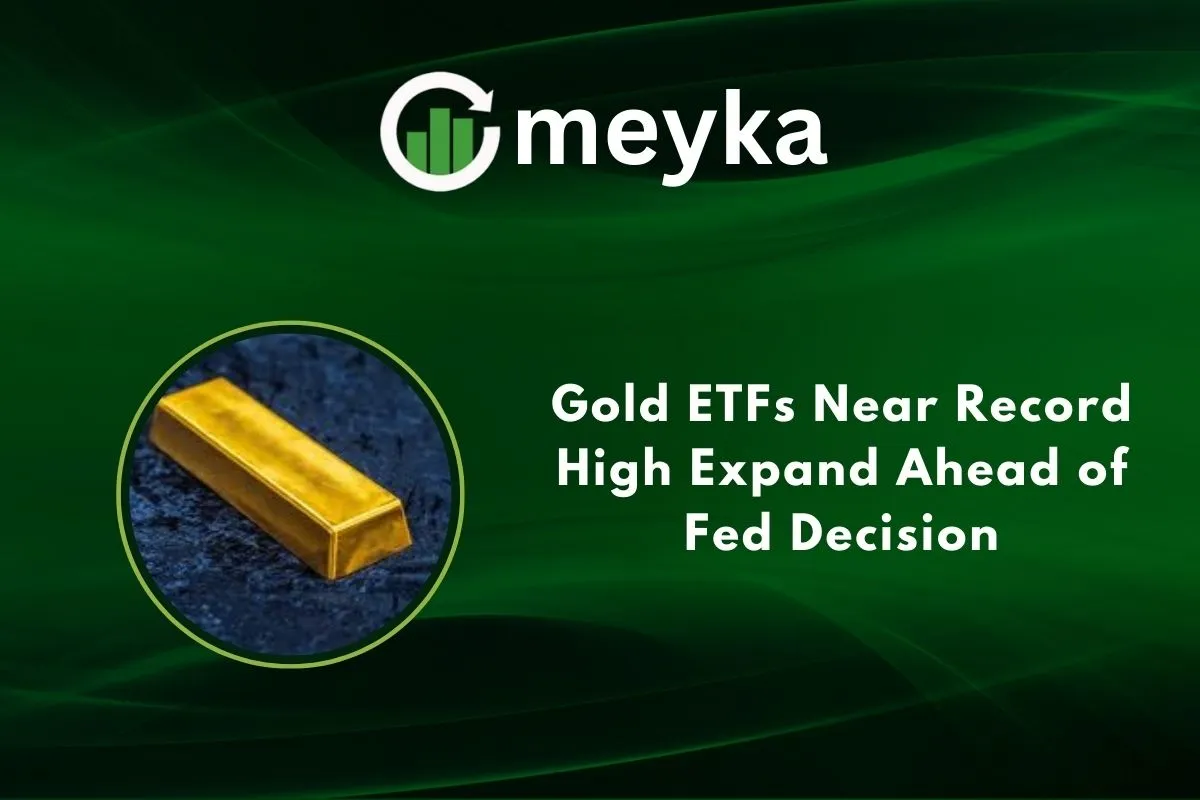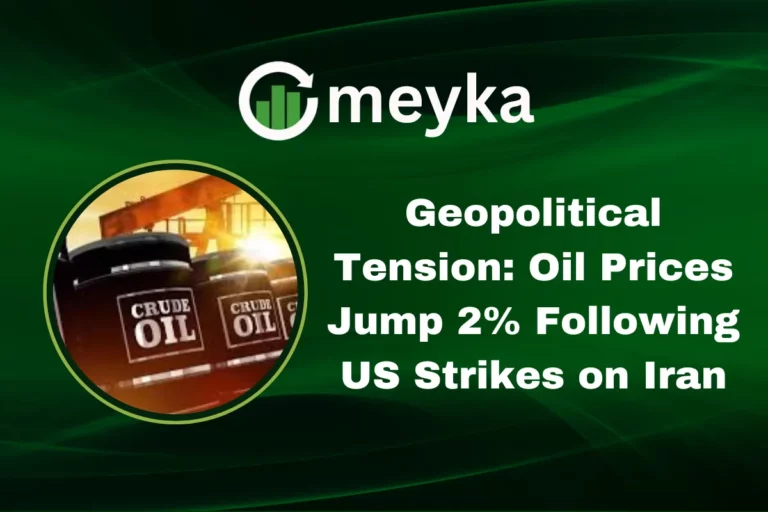Gold ETFs Near Record High Expand Ahead of Fed Decision
Gold exchange-traded funds (ETFs) are pushing close to record highs. We see prices climbing as investors await the next move from the U.S. Federal Reserve. Weak job reports and cooling inflation have raised hopes that the Fed will lower interest rates soon. That has people betting on gold, since lower rates usually make it more appealing than bonds or cash.
In this uncertain climate, gold ETFs are more than just a haven. They’re growing signals of where investors believe the future lies. We’re watching carefully. The Fed’s decision won’t just affect gold; it could shift global markets.
Current Market Trends: Gold ETFs at Record Levels
Gold ETFs are seeing huge demand right now. In the first half of 2025, physically backed gold ETFs had inflows of about US$38 billion, the largest semi-annual total since early 2020. Global gold ETF holdings rose by nearly 397.1 metric tons to about 3,616 metric tons by the end of June.
In August, global physically backed gold ETFs attracted roughly US$5.5 billion in inflows. Their assets under management (AUM) rose to about US$407 billion, setting a new month-end record.
The gold price itself has surged. It is up around 39% year-to-date, and recent levels near US$3,650-3,675 per ounce make investors wonder if we are close to all-time highs.
The Fed’s Role in Gold Prices
The U.S. Federal Reserve plays a big role in where gold prices go. When the Fed holds interest rates steady or cuts them, gold tends to benefit. That’s because lower rates reduce returns on cash and bonds, making gold more attractive. Also, a weaker U.S. dollar helps, since gold is priced in dollars globally.
Right now, many expect the Fed to cut rates later in 2025. Much of that expectation comes from soft U.S. labor market data, weak inflation numbers in some reports, and other signs that the economy may be cooling.
But if inflation remains stubborn or the Fed signals “hawkish” policy (meaning keeping rates high or raising them), gold could get pushed down. Real yields (interest rate minus inflation) matter a lot. If they rise, gold’s appeal fades. We are watching Fed communications and data (jobs, CPI, PPI) very closely.
Investor Sentiment and Safe-Haven Demand
We see rising fears of recession, inflation, and global instability. Investors are using gold ETFs as a safe haven. When markets are volatile, gold often acts as a cushion.
Geopolitical risks also matter: trade tensions (for example, between the U.S. and China), concerns over central bank independence, and uncertainty about fiscal policy. These feed into gold demand.
Investors also like the idea of insurance. Gold doesn’t give yield, but in turbulent times, it offers value when many other assets, stocks, and bonds face risks.
Comparing Gold ETFs With Other Asset Classes
In 2025, gold ETFs are among the best-performing major assets. Up ~39% year-to-date.
Stocks and bonds are doing okay, but many are volatile or vulnerable if rates rise or inflation stays high. Cryptos are also volatile. Gold is less volatile relative to these during crises.
Also, when real interest rates go negative or low, the opportunity cost of holding gold drops. Cash or bonds lose appeal. So gold wins in that setup.
Future Outlook: Will Gold ETFs Keep Rising?
Analysts forecast that gold may keep going up in late 2025 / early 2026. For example, ANZ raised its price forecast for gold to US$3,800/ounce by the end of 2025 and even sees potential to reach US$4,000/ounce by mid-2026.
If the Fed cuts rates as expected, inflation stays elevated, and the U.S. dollar weakens, gold ETFs could see more inflows. Also, central bank buying continues; China, India, and others are still adding to reserves.
But there are risks. If the Fed is more hawkish than expected, or inflation drops rapidly, or the dollar strengthens, gold could fall. Investors may pull back, taking profits. Also, any resolution in geopolitical tensions could reduce safe-haven demand.
Conclusion
Gold ETFs are climbing near record highs now. We see strong inflows, rising prices, and hopes that the Fed will ease policy. We believe a lot of that hope is built in already. Yet, there is still room for gold’s run to continue, especially if macro risks increase.
For investors, gold ETFs offer both a hedge and an opportunity. To make the most, we need to watch Fed decisions, inflation data, and global risks. The next few months will tell us whether gold reaches further highs or if it plateaus.
FAQS:
Yes, gold hit a record high near $3,673 per ounce. Investors believe the Fed may cut rates soon, which makes gold more attractive than bonds or cash.
Gold ETFs are rising because many people are buying them as safe havens. They offer easy access to gold during uncertain markets, inflation fears, and global economic risks.
When the Fed cuts rates, bond yields fall and the dollar weakens. This boosts gold demand, leading to higher prices and more inflows into gold ETFs.
Disclaimer:
This content is for informational purposes only and is not financial advice. Always conduct your research.






